Why Cleaning Your Air Conditioner Vents Matters
Maintaining clean air conditioner vents is not just a routine task—it’s a critical step in ensuring your home’s air quality, safeguarding your health, and keeping your HVAC system efficient. Let’s dive deeper into the importance of this often-overlooked chore.
Importance of Clean Vents for Indoor Air Quality
Air conditioner vents circulate air throughout your home. When they are clean, the air you breathe is fresh, free from dust, and less likely to carry harmful allergens. However, dirty vents act as a breeding ground for dust mites, mold spores, and other airborne irritants, which can aggravate allergies, asthma, and other respiratory conditions.
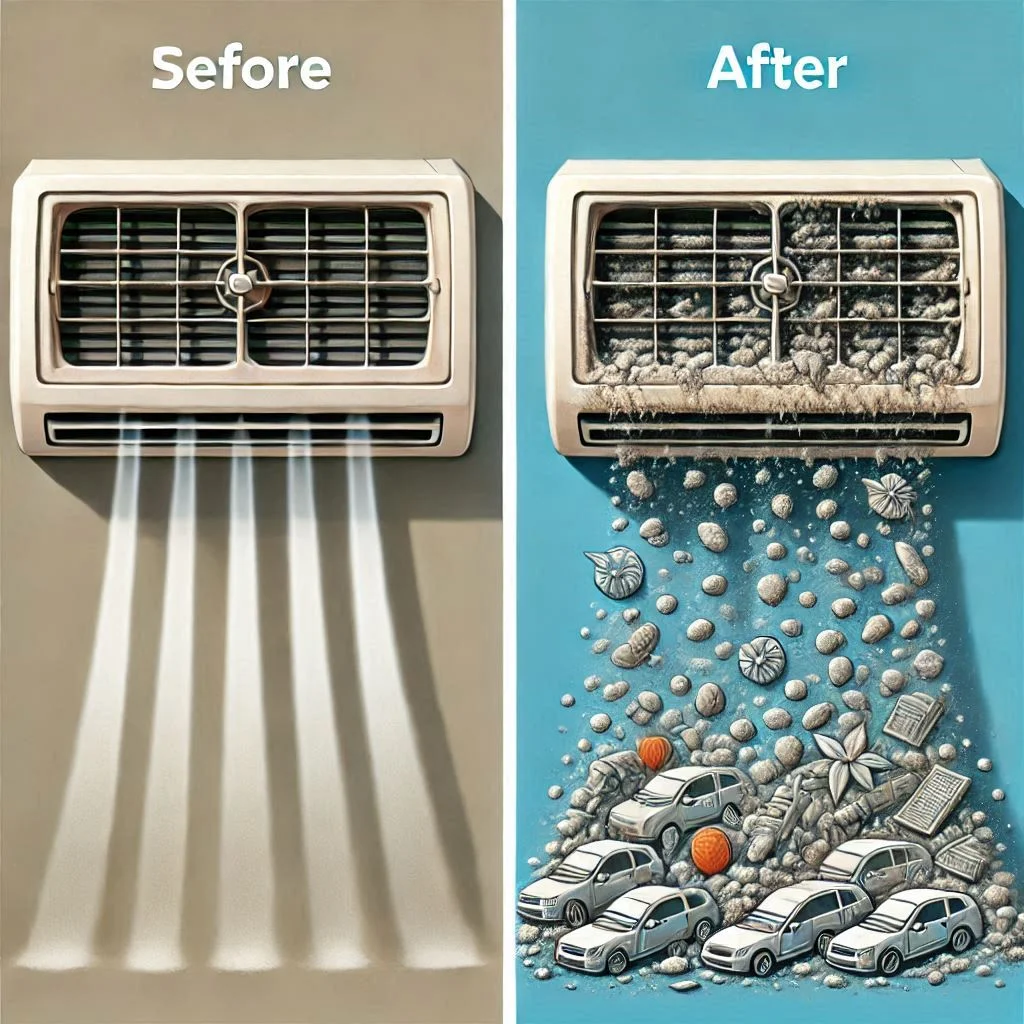
By keeping your vents clean, you ensure that every breath you take indoors is healthier, contributing to a safer living environment for your family.
Prevention of Dust and Allergens Buildup
Dirty air vents contribute to dust accumulation on furniture, floors, and other surfaces in your home. Over time, allergens like pollen, pet dander, and even insect particles can build up in your ducts, spreading throughout your living spaces.
Regular cleaning prevents this buildup and reduces the need for frequent dusting and cleaning around your home. This also minimizes the circulation of allergens, especially during seasonal changes when these irritants are at their peak.
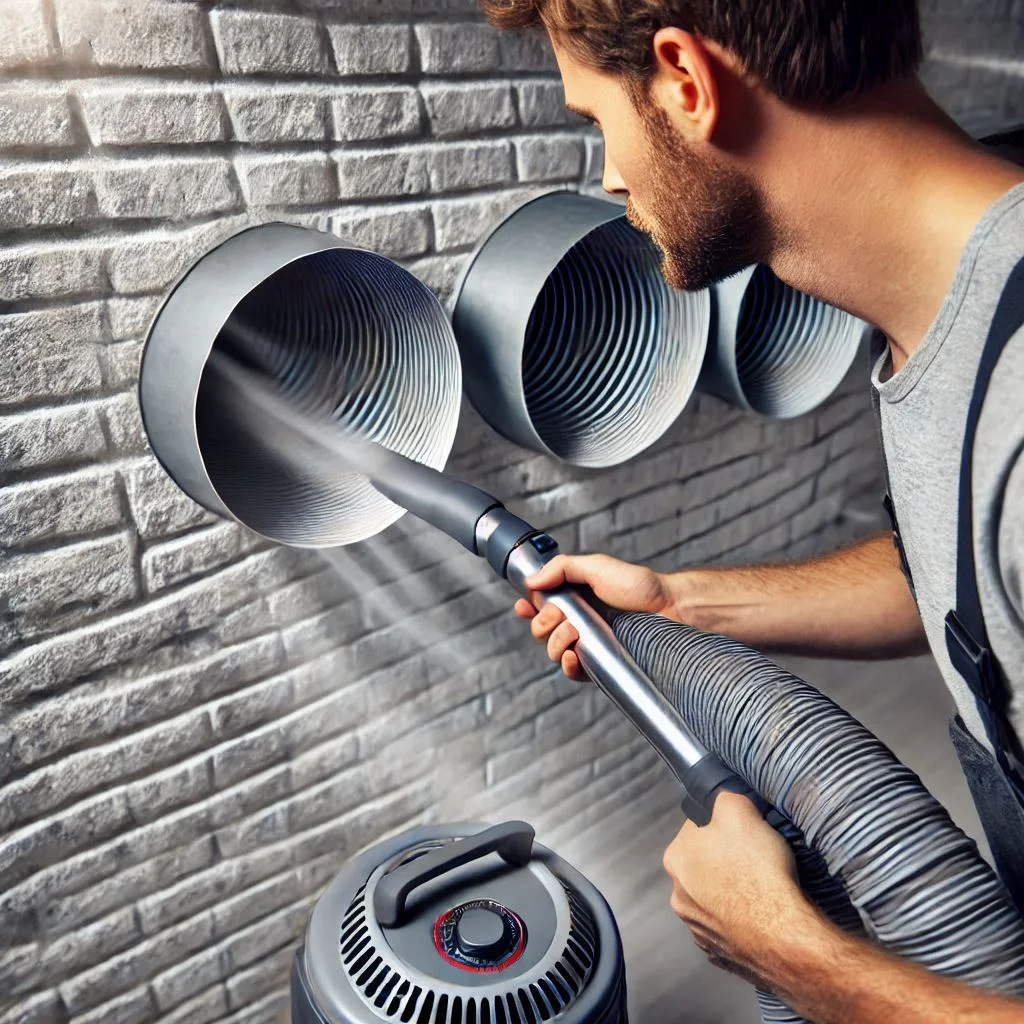
Impact on HVAC System Efficiency and Energy Savings
When air conditioner vents are dirty, your HVAC system has to work harder to push air through the clogged vents. This increases energy consumption, leading to higher utility bills and potential strain on the system’s components.
Clean vents, on the other hand, promote unobstructed airflow, reducing the load on your HVAC unit. This improves energy efficiency and prolongs the lifespan of your system, saving you money on repairs and replacements in the long run.
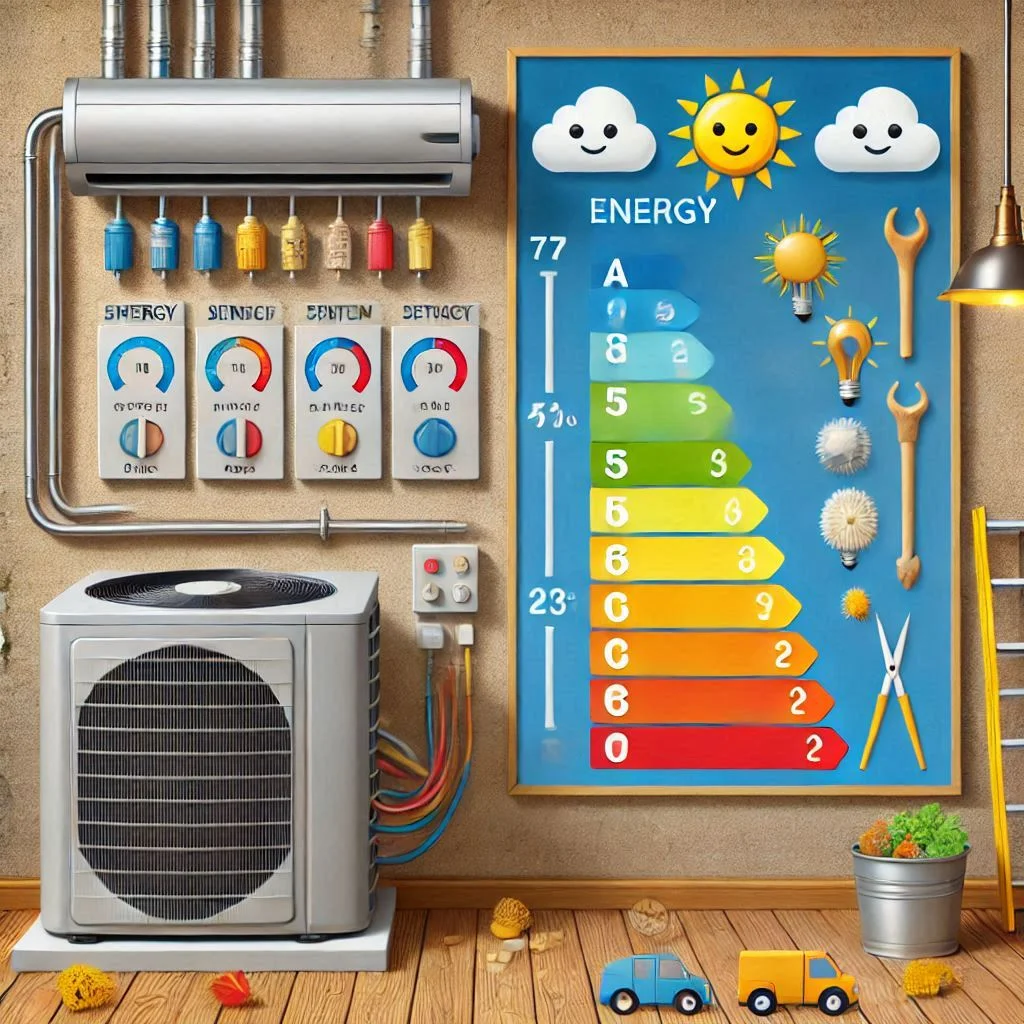
What You Need to Clean Air Conditioner Vents
Cleaning your air conditioner vents effectively requires the right tools and materials. Using proper equipment ensures the process is thorough, prevents damage to your vents, and promotes a healthier indoor environment. Below is a comprehensive guide to the tools you need and how to choose them wisely.
List of Tools and Materials
To clean your air conditioner vents efficiently, gather the following tools and materials:
- Vacuum Cleaner with a Hose Attachment
- Use this to remove dust, dirt, and debris from both the vents and ducts.
- A vacuum with a HEPA filter is recommended for capturing fine particles.
- Soft-Bristle Brush or Microfiber Duster
- Ideal for loosening stuck-on dust and grime on vent covers.
- Microfiber options are better as they trap particles without spreading them.
- Mild Soapy Water
- Use a mix of warm water and mild dish soap for washing vent covers.
- Harsh chemicals should be avoided to prevent damage to the vent material.
- Towel or Microfiber Cloth
- Necessary for drying vent covers thoroughly before reinstalling them.
- Screwdriver (if needed)
- Required to remove vent covers, especially if they are securely screwed into place.
- Replacement Air Filter
- Replace the old air filter during the cleaning process to maintain optimal airflow and indoor air quality.
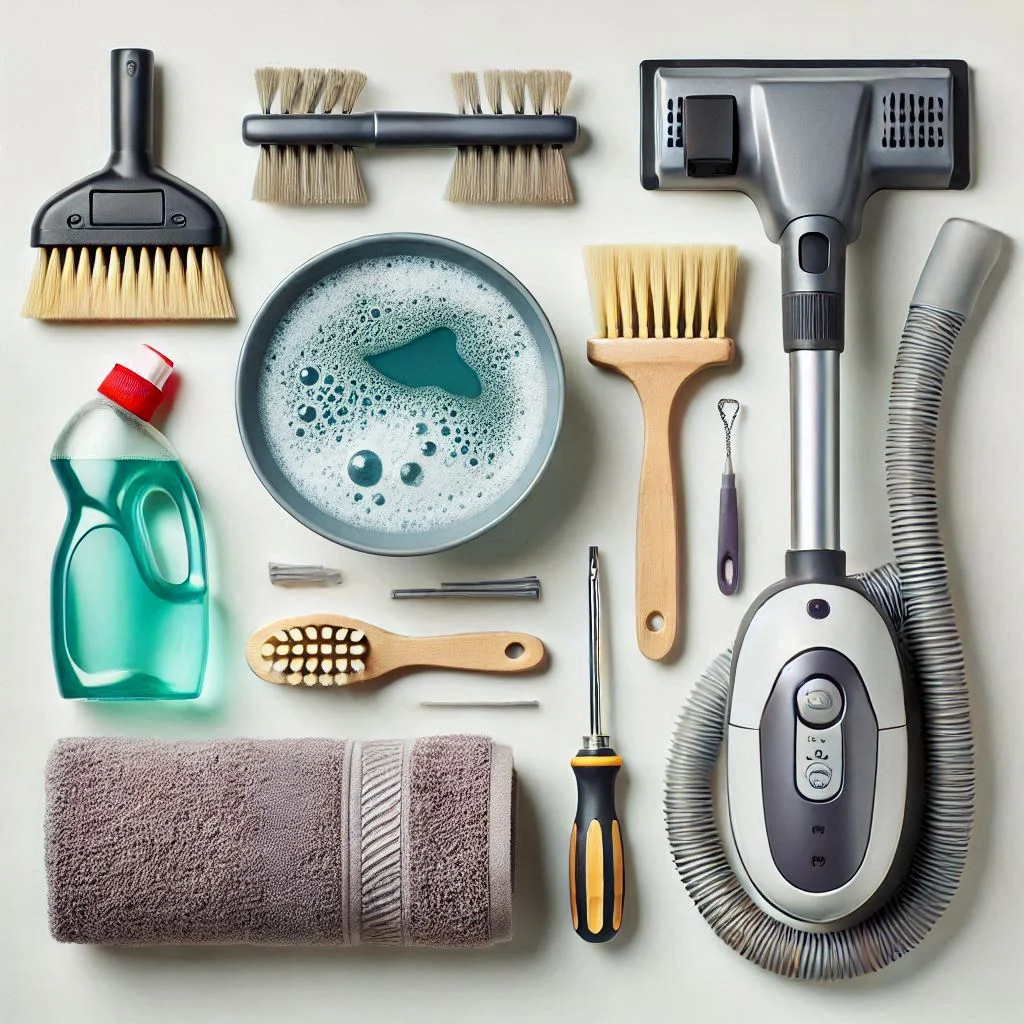
Tips on Choosing the Right Cleaning Supplies
- Select a Vacuum with Strong Suction
- Choose a vacuum with a hose attachment to reach into ducts. A HEPA filter is a bonus for capturing allergens.
- Use Non-Abrasive Brushes
- Avoid hard-bristle brushes that can scratch the vent covers. Opt for a soft-bristle or microfiber brush for delicate cleaning.
- Choose Eco-Friendly Cleaning Agents
- Look for mild, biodegradable soaps that are gentle on materials and safe for the environment.
- Invest in High-Quality Filters
- Replace your air filter with a high-efficiency option that suits your HVAC system. This ensures clean airflow and reduces the need for frequent cleaning.
- Keep Protective Gloves Handy
- Gloves protect your hands from dust and cleaning agents, especially if you have sensitive skin.
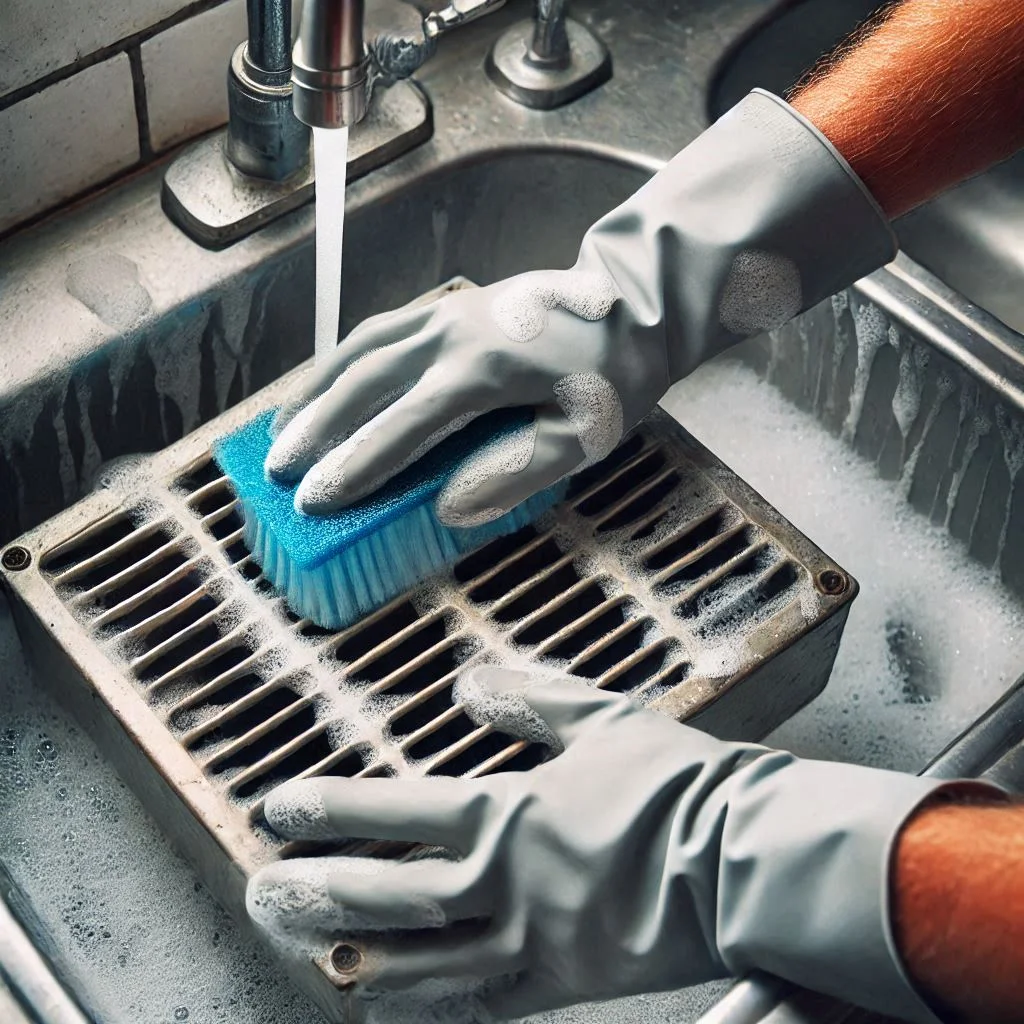
Steps to Clean Air Conditioner Vents
Regularly cleaning your air conditioner vents ensures better indoor air quality and improves the efficiency of your HVAC system. Follow these detailed steps to thoroughly clean your vents and keep your home environment fresh and healthy.
Turn Off Your HVAC System and Remove the Vents
Before starting, ensure your HVAC system is turned off to prevent debris from circulating while you clean. Locate the vents in your home, which are usually secured with screws or clips. Use a screwdriver to carefully remove the vent covers, avoiding any damage.
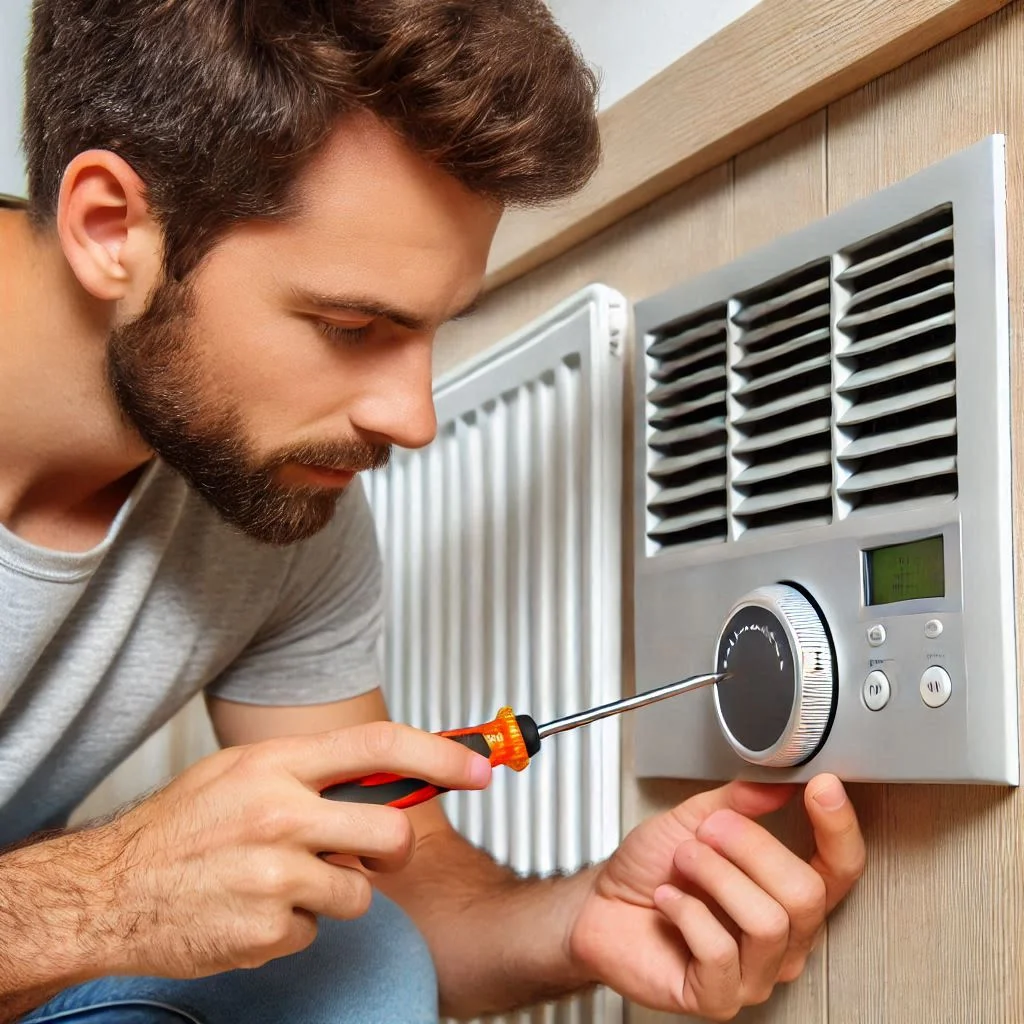
Vacuum Inside the Ducts to Remove Loose Debris
Using a vacuum cleaner with a hose attachment, carefully vacuum the interior of the ducts to remove dust, dirt, and small debris. Focus on reaching as far as possible into the ducts to ensure a thorough clean. A vacuum with a HEPA filter is ideal for capturing fine particles.
Dust and Wash the Vents with Soapy Water
Take the removed vent covers and use a soft-bristle brush or microfiber duster to remove loose dust. Next, submerge the vent covers in a basin of warm soapy water. Scrub gently to remove grime and stains, being careful not to damage the material.
Allow Vents to Dry Completely Before Reinstalling
After washing, rinse the vent covers thoroughly with clean water to remove soap residue. Lay them out on a clean towel or drying rack and allow them to air dry completely. Ensuring the vents are completely dry prevents mold or mildew from forming.
Replace Your Air Filter and Restart Your System
Before reinstalling the vent covers, take this opportunity to replace your HVAC system’s air filter. A clean filter ensures better airflow and reduces the likelihood of dust accumulating in the ducts. Once the filter is replaced, reinstall the vent covers and turn your HVAC system back on.
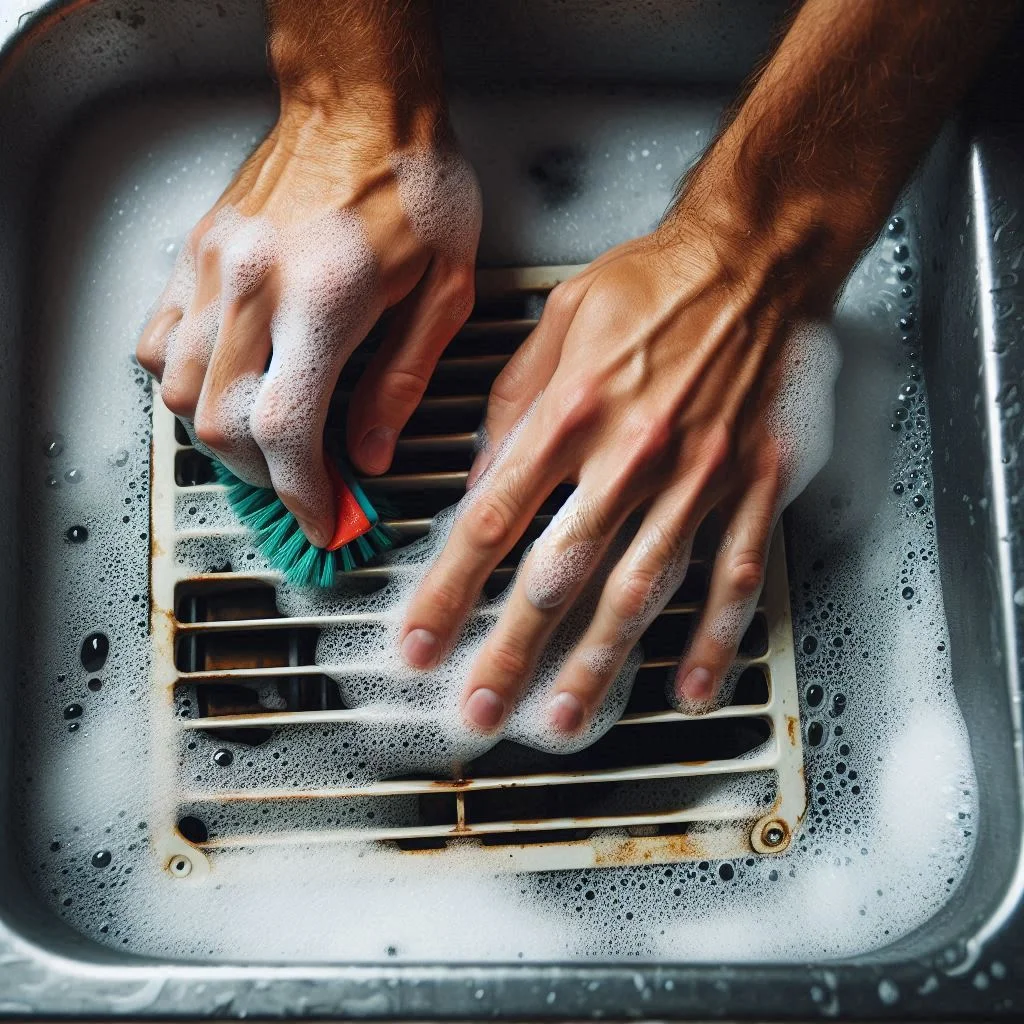
How Often Should You Clean Your Air Conditioner Vents?
Cleaning your air conditioner vents regularly is essential to maintain a healthy indoor environment and ensure optimal HVAC performance. Below, we’ll cover how often you should clean your vents and the signs that indicate it’s time for a thorough cleaning.
General Cleaning Frequency (Every 3–6 Months)
Experts recommend cleaning your air conditioner vents every 3–6 months as part of your regular home maintenance routine. This frequency helps prevent the buildup of dust, allergens, and debris that can affect indoor air quality and HVAC efficiency.
- Seasonal Cleaning: Clean vents at the beginning and end of high-usage seasons, such as summer and winter, to prepare your system for peak performance.
- High-Traffic Homes: If your home has pets, children, or a lot of foot traffic, consider cleaning the vents more frequently, as these factors contribute to faster dust accumulation.
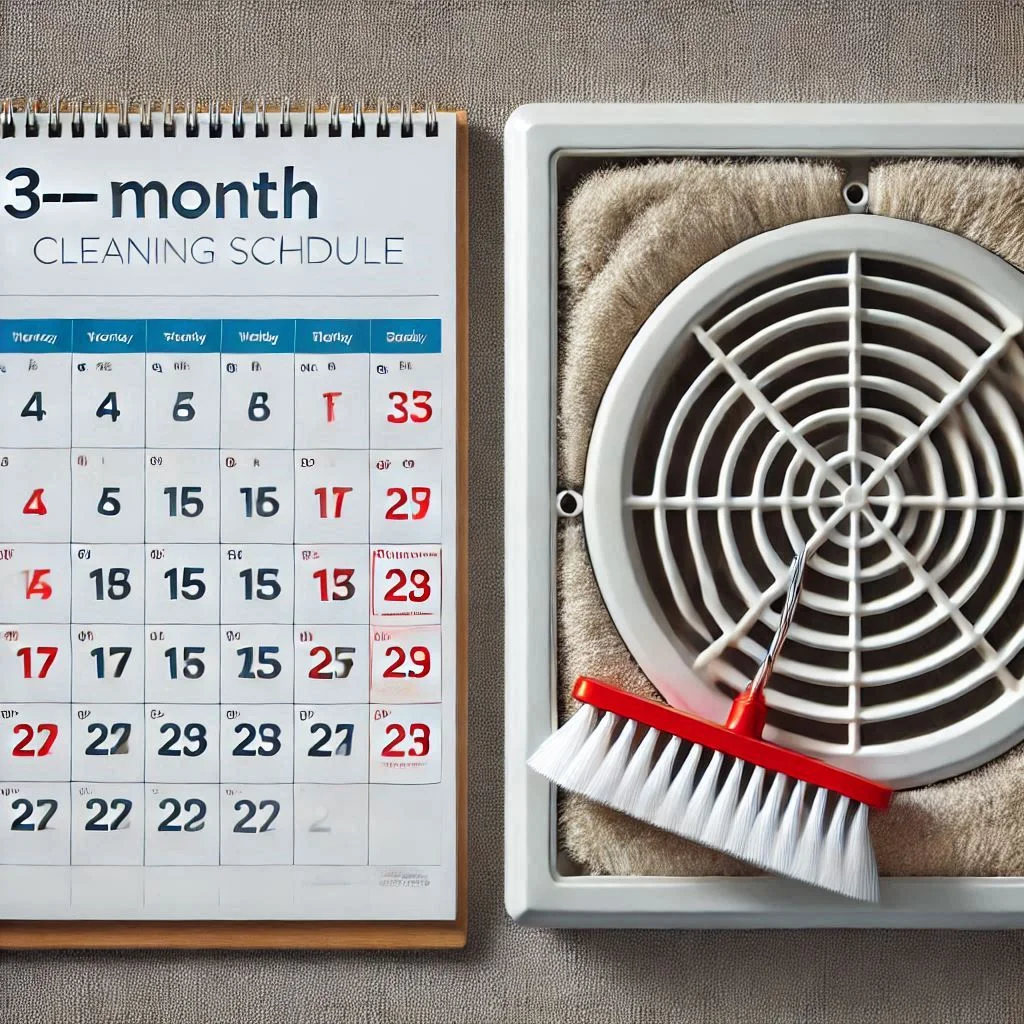
Signs It’s Time to Clean Your Vents
While regular maintenance is important, specific signs indicate your air conditioner vents need immediate attention:
- Increased Dust Accumulation
- If you notice excessive dust on surfaces shortly after cleaning, your vents could be the source. Dusty vents circulate particles throughout your home.
- Strange Odors
- Musty or unpleasant odors coming from your vents can indicate the presence of mold, mildew, or trapped debris. This is a clear sign that cleaning is overdue.
- Poor Airflow
- Weak or uneven airflow from your vents suggests they may be clogged with dirt and debris, reducing HVAC efficiency and increasing energy consumption.
- Allergy Symptoms
- If household members experience worsening allergies or respiratory issues, dirty vents could be spreading allergens like pollen, pet dander, or dust mites.
- Unusual HVAC Noise
- Whistling or rattling noises from your HVAC system can result from obstructed vents or ducts, signaling a need for cleaning.
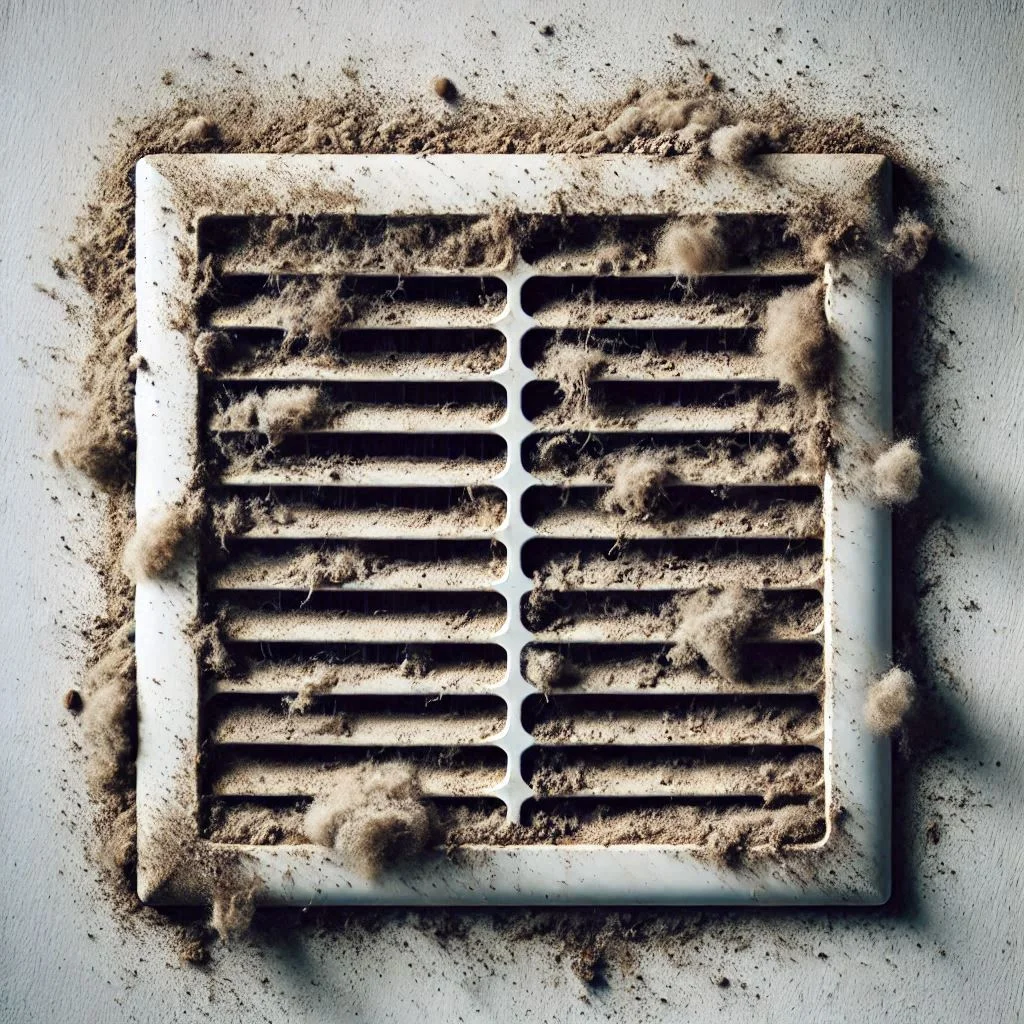
When to Call a Professional
While regular cleaning of air conditioner vents is a task most homeowners can handle, certain situations require the expertise of a professional. Below, we’ll discuss scenarios that signal it’s time to bring in an HVAC expert to ensure your system operates efficiently and safely.
Persistent Mold or Mildew Issues
Mold and mildew in your HVAC system can pose serious health risks and significantly compromise indoor air quality.
- Signs of Mold: Musty odors, visible black or green spots on vent covers, or increased allergy symptoms may indicate mold growth.
- Why Professionals Are Needed: Mold remediation requires specialized equipment and cleaning agents to safely remove spores and prevent recurrence. Professionals also inspect the system to identify and address underlying causes like excess moisture or poor ventilation.
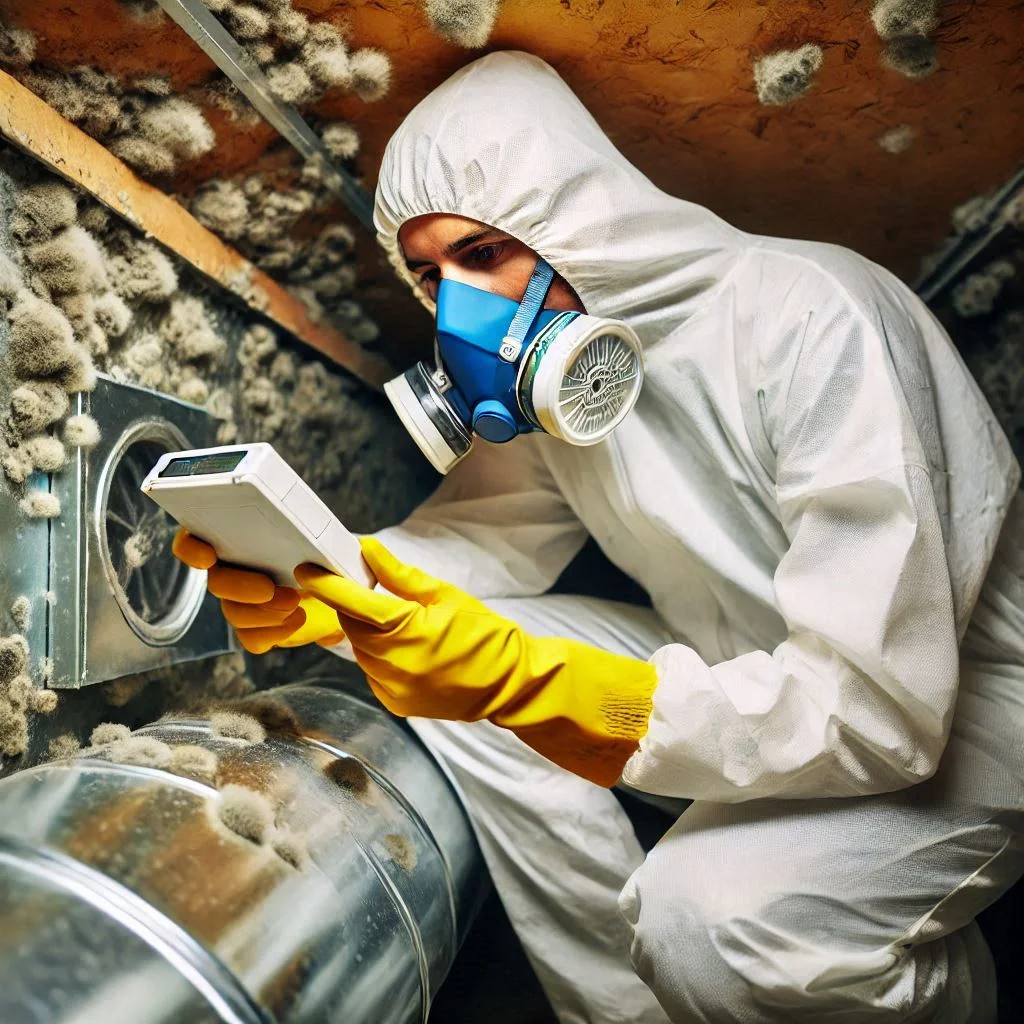
Excessive Dust Even After Cleaning
If your vents continue to circulate dust shortly after cleaning, it may signal deeper issues within your HVAC system.
- Possible Causes: Dirty air ducts, clogged filters, or leaks in the ductwork that allow contaminants to enter the system.
- Why Professionals Are Needed: HVAC specialists perform comprehensive duct cleaning, seal leaks, and check for other system inefficiencies contributing to excessive dust.
Air Duct Maintenance for Deeper Cleaning Needs
Air ducts play a crucial role in distributing conditioned air throughout your home. Over time, they accumulate debris, allergens, and even pests, which require professional-grade cleaning.
- Signs You Need Professional Duct Cleaning:
- Persistent foul odors from the vents.
- Reduced airflow or uneven temperature distribution.
- Strange noises indicating pest infestations or loose components.
- Why Professionals Are Needed: They use advanced tools, such as rotary brushes and powerful vacuums, to clean ducts thoroughly. In addition, they inspect for damage or leaks that may compromise your HVAC system’s performance.
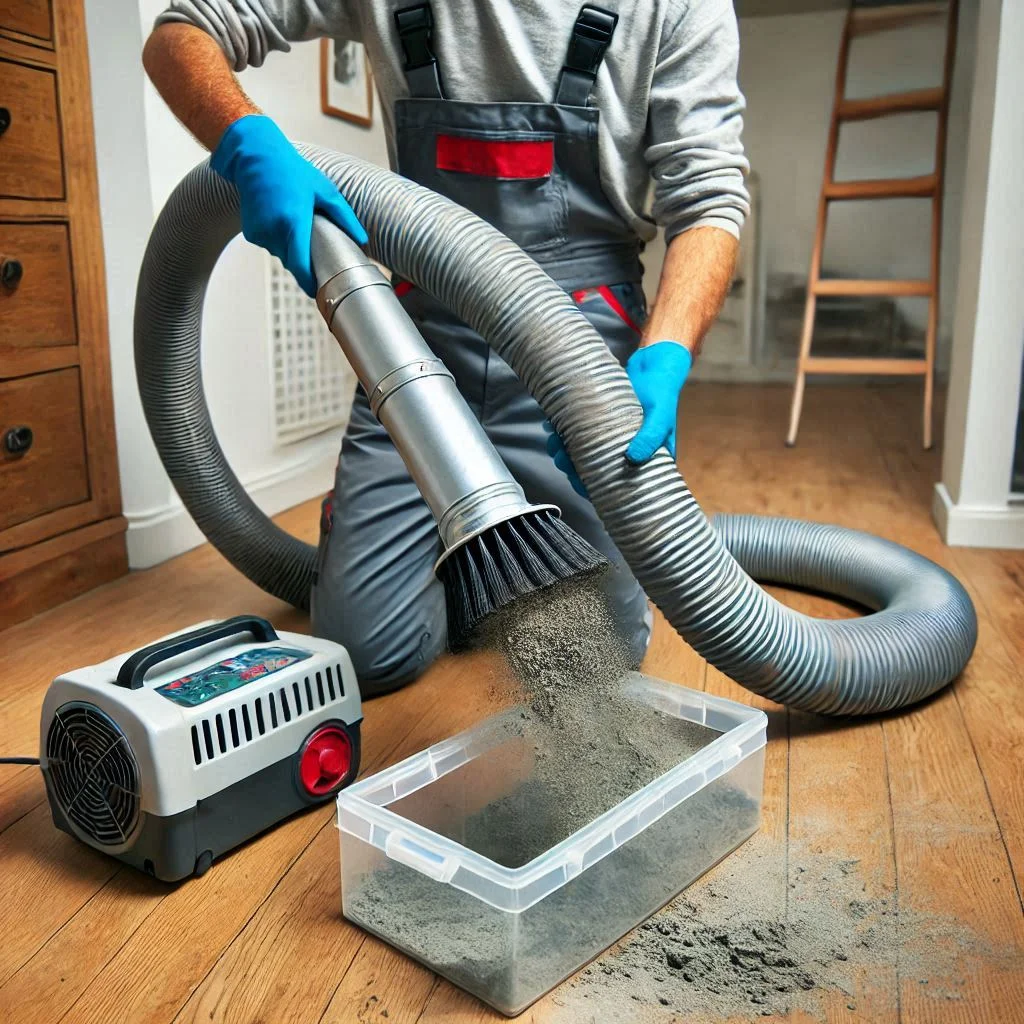
FAQs About Cleaning Air Conditioner Vents
Providing clear and detailed answers to frequently asked questions helps build trust with your audience and ensures they find the information they’re looking for. Below are FAQs related to air conditioner vent cleaning, presented in a detailed and SEO-friendly manner.
1. Why is it important to clean air conditioner vents?
Cleaning air conditioner vents is essential for several reasons:
- Improved Air Quality: Removing dust, allergens, and mold improves indoor air quality, benefiting your family’s health.
- Energy Efficiency: Clean vents ensure unobstructed airflow, allowing your HVAC system to work efficiently and reducing energy bills.
- Longer System Lifespan: Regular cleaning prevents debris buildup that can strain your HVAC system, prolonging its life.
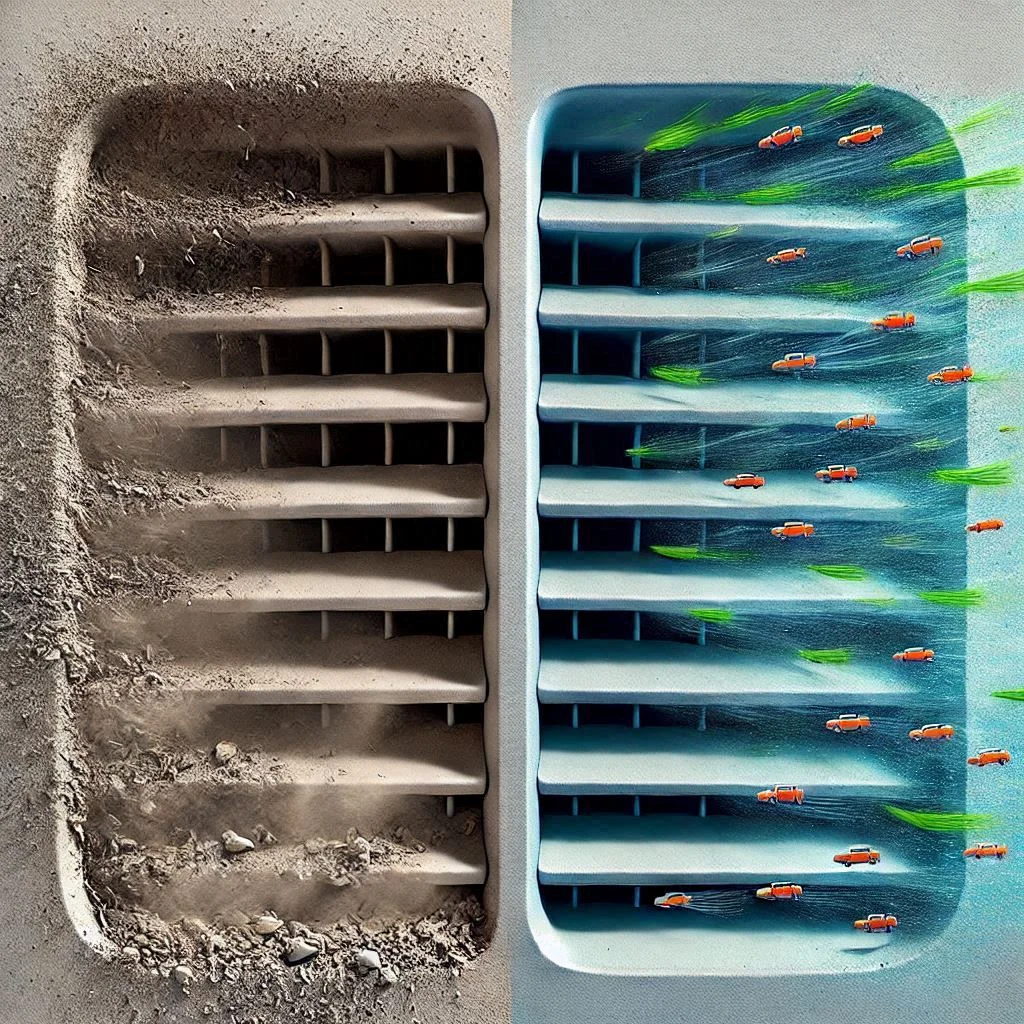
2. How often should I clean my air conditioner vents?
You should clean your air conditioner vents every 3–6 months. However, you may need to clean them more frequently if:
- You have pets that shed fur and dander.
- Your household includes allergy sufferers or individuals with respiratory issues.
- You notice visible dust accumulation on vent covers or increased dust in your home.
3. Can I clean air conditioner vents myself, or do I need a professional?
While you can perform basic cleaning yourself, some situations require professional expertise:
- DIY Cleaning: Suitable for light dusting, washing vent covers, and vacuuming reachable areas.
- When to Call a Professional: Persistent mold, excessive dust, or the need for thorough air duct cleaning should be handled by professionals equipped with specialized tools.
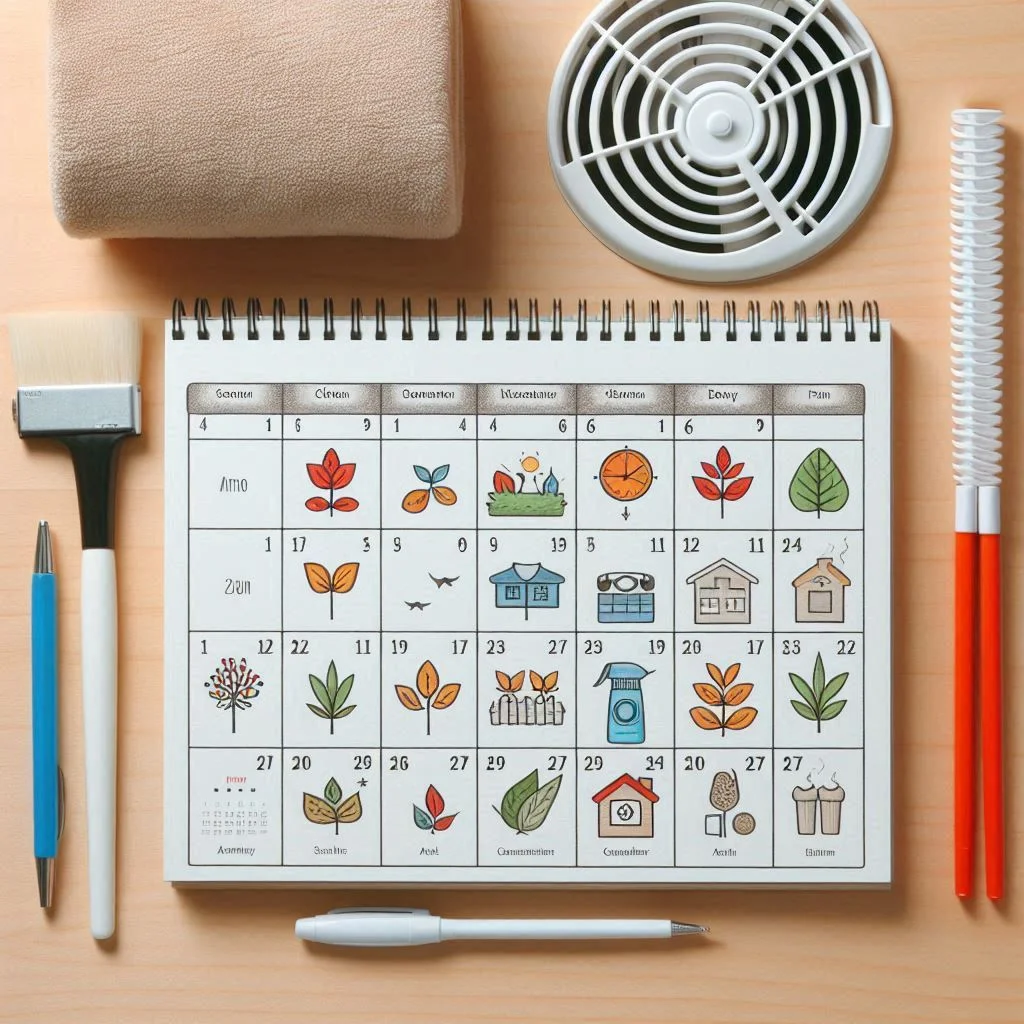
4. What tools do I need to clean air conditioner vents?
To clean your air conditioner vents effectively, gather these tools:
- A vacuum cleaner with a hose attachment.
- A soft-bristle brush or microfiber duster.
- A bucket of warm soapy water.
- A clean towel for drying vent covers.
5. What are the signs that my vents need immediate cleaning?
Look out for the following signs:
- Dust Buildup: Excessive dust on surfaces or vent covers.
- Odors: Musty or unpleasant smells from the vents.
- Poor Airflow: Weak or uneven airflow from vents.
- Allergy Symptoms: Increased sneezing, coughing, or respiratory irritation indoors.
- Visible Mold: Black or green spots on vent covers or inside ducts.
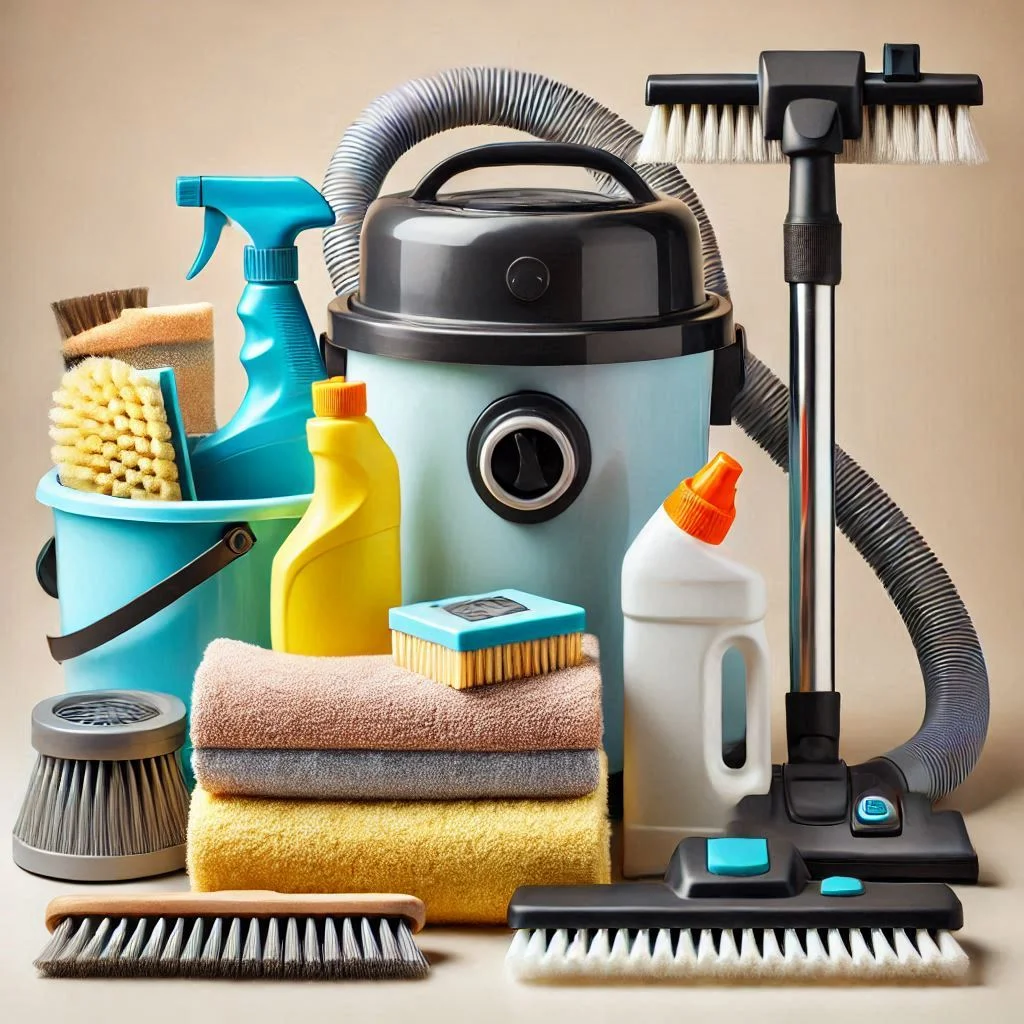
Conclusion
Regularly cleaning your air conditioner vents is a simple yet powerful way to improve indoor air quality, enhance HVAC efficiency, and ensure your home remains a comfortable and healthy environment. By following the steps outlined in this guide, you can confidently maintain your vents and prevent common issues like dust buildup, poor airflow, and allergens. While routine cleaning can be a DIY task, don’t hesitate to call a professional for persistent problems such as mold, excessive dust, or the need for deep air duct maintenance. A clean HVAC system not only saves energy and extends its lifespan but also contributes to a healthier and more pleasant living space for you and your family.

